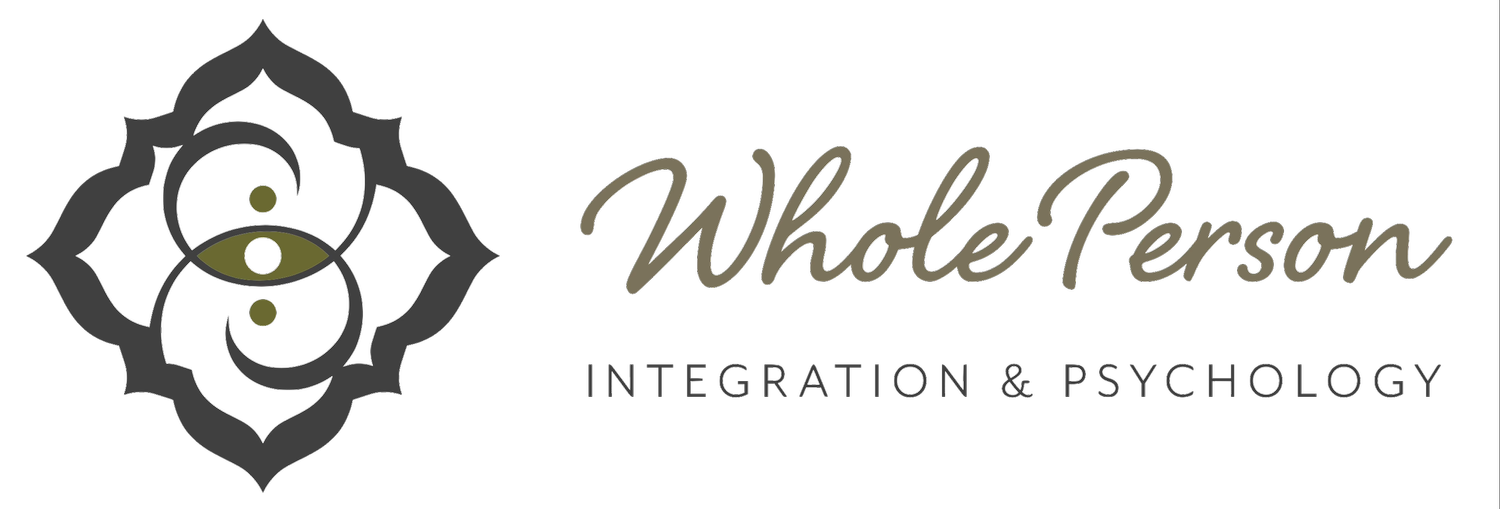Why Therapy is Not Just Navel Gazing
By: Dr. Denise Renye
It seems like every week there’s a news story reflecting how the world is in shambles: multiple mass shootings here, revoking bodily autonomy there. Not to mention evidence of climate change, racism, sexism, ageism, ableism, homophobia, and more. I could keep listing the various problems, unfortunately. It’s enough to make a person wonder if they even can make a difference. And if they clear that hurdle and determine, yes, it’s possible, they may ask is therapy a route to help them do that? Or is it just self-indulgent fluff?
To answer that question, I think it’s important to understand what happens in therapy. First, the therapeutic relationship is unique and special. The therapeutic relationship itself is where and how healing happens. For some, a therapist is the first or perhaps only secure attachment figure in their life. A secure attachment figure is someone who provides a safe physical and emotional environment for interaction. They are people clients can count on, someone they can express their innermost thoughts to, a person that holds space for feelings and processing feelings without shame, blame, or judgment.
The therapeutic space is an alchemical one wherein raw and potentially confusing experiences are metabolized so as to be understandable and usable. Healing happens in the space between the hearts and minds and spirits of the patient and the therapist. In other words, the relationship is the healing container.
Don’t underestimate the effect that can have. Therapy provides an opportunity for an individual to tend to their internal conflicts. It allows them a safe space to explore their internal nooks, crannies, crevices, and shadows. They also learn ways to open up a dialogue between parts of themselves so that internal understanding and harmony can increase. As they make it a practice to understand their various internal parts like an inner child, an inner teenager, a depressed part, an anxious part, etc., they can take that skill and apply it to the external world.
The increased capacity for understanding ripples out to external relationships like romantic partnerships, familial connections, roommates, and business associates. The very same techniques learned in therapy that were first applied to the self are used with others. It doesn’t have to stop with local relationships, it can also be between countries. The beauty is this new way of being starts to happen naturally. As you change, your relationships change and that disseminates. Carl Jung said, “[T]he man at peace with himself, who accepts himself, contributes an infinitesimal amount to the good of the universe. Attend to your private and personal conflicts and you will be reducing by one million the world conflict.”
In other words, you matter. What you do matters. How you interact with others matters. Therapy can shine a light on all of that and illuminate ways in which you are showing up for yourself or others that are unhealthy or even destructive. A caveat is not all therapy is created equal. Some therapists are better than others and different therapeutic approaches create different results, but generally speaking, therapy is not self-indulgent navel-gazing.
I want to emphasize that both reflection or contemplation of the internal world and external action are important and necessary to make the world a better place. Only practicing internal reflection can become narcissistic and only focusing externally is often a recipe for burnout, resentment, and codependency. You need both internal reflection and external action.
We see this in many places, but one example is anti-racism work. As anti-racist educator Ibram X. Kendi reminds us, it’s not enough to be “not racist” because that ensures the continuing status quo. There are still plenty of people who are actively racist and by not standing up to them or engaging with them, nothing actually changes. Also, there are racist systems in place that will continue unabated unless they are changed.
To dismantle racism, people have to be actively anti-racist. They have to read books, self-reflect, and also talk to the people in their circles and encourage them to do the same. (This is not just White people, by the way. Anybody can be racist.) To be anti-racist means voting against racist policies and donating to worthy causes if you’re able. If you’re looking for one, I’m a team captain for the Loveland Foundation’s therapy fund for Black women and girls. To be clear, I don’t receive a cut of the donation, I’m not compensated in any way, nor do I have any affiliation with the Loveland Foundation other than being a person that finds their work admirable.
If you follow any anti-racist educators, you’ve likely heard them say it’s important to “Do the work.” Doing the work means untangling the knots of racism and White supremacy within and without. Nothing changes unless both of those occur. So in answer to the question, “Is therapy just navel-gazing?” No, it’s not.
Stay connected by signing up for my newsletter. And again, please donate to the therapy fund for Black women and girls if you’re able. It’s a tangible way to support Black people who may otherwise not be able to afford mental health care.

